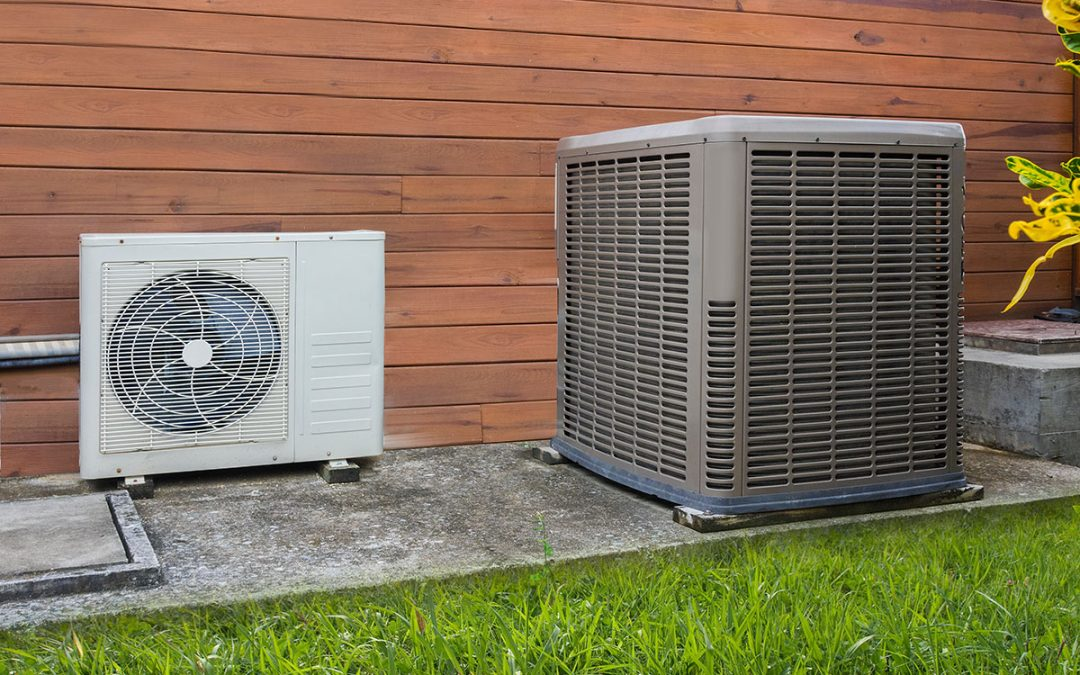If you’ve been shopping for a new air conditioner and came across the term 5 ton AC unit, you might wonder what it really means and whether it’s the right choice for your space. A cooling system of this size is one of the most powerful options available for residential and light commercial use. But with that power comes a higher price tag, specific installation needs, and unique pros and cons you should weigh carefully.
This guide covers everything you need to know about a 5 ton AC unit—from its cooling capacity and cost to efficiency, maintenance, and whether it fits your needs.
What Is a 5 Ton AC Unit?
When people hear “ton,” they often think of weight. In air conditioning, though, tonnage measures cooling power, not mass. One ton of cooling equals 12,000 BTUs (British Thermal Units) per hour. That means:
- 1 ton = 12,000 BTUs
- 5 tons = 60,000 BTUs per hour
In simple terms, a 5 ton AC unit can remove 60,000 BTUs of heat per hour from a building. That’s why it’s commonly installed in:
- Large residential homes (2,500+ sq ft)
- Office spaces
- Retail shops
- Restaurants
- Light commercial buildings
Quick fact: The average American home uses a 2–3 ton AC unit, so a 5 ton system is considered heavy-duty.
How Much Space Can a 5 Ton AC Unit Cool?
A 5 ton air conditioner typically cools between 2,500 and 3,500 square feet. However, the exact coverage depends on several factors:
- Climate zone – Homes in hot, humid states like Texas or Florida may need more cooling power than those in cooler regions.
- Insulation quality – Well-insulated homes hold cool air better. Poor insulation demands more from your AC.
- Ceiling height – Higher ceilings mean more air volume to cool.
- Window count and size – Large windows can increase heat gain.
Tonnage vs. Square Footage
| AC Unit Size | Cooling Capacity (BTUs) | Approx. Square Footage Coverage |
| 1.5 Ton | 18,000 BTUs | 600 – 900 sq ft |
| 2 Ton | 24,000 BTUs | 900 – 1,200 sq ft |
| 3 Ton | 36,000 BTUs | 1,200 – 1,800 sq ft |
| 4 Ton | 48,000 BTUs | 1,800 – 2,500 sq ft |
| 5 Ton | 60,000 BTUs | 2,500 – 3,500 sq ft |
Types of 5 Ton AC Units
There’s more than one way to get a 5 ton cooling system. The right type depends on your property’s design and budget.
- Central Air Conditioning Systems
- Most common in homes. Uses ductwork to distribute cool air.
- Split Systems
- Separate indoor and outdoor units. Popular for residential use.
- Package Units
- All components housed in one unit, usually placed outdoors.
- Commercial Rooftop Systems
- Designed for businesses. Mounted on rooftops to save indoor space.
Each has advantages. For instance, split systems are quieter, while package units save indoor space.
Cost of a 5 Ton AC Unit
Buying a 5 ton air conditioner isn’t cheap. Prices vary by brand, efficiency rating, and installation complexity.
Average Cost Breakdown
| Expense Category | Price Range (USD) |
| AC Unit (equipment only) | $3,500 – $6,500 |
| Professional Installation | $2,000 – $4,000 |
| Ductwork modifications | $1,000 – $3,000 |
| Smart thermostat upgrade | $200 – $500 |
| Annual maintenance plan | $150 – $500 |
On average, homeowners spend $6,000 – $12,000 total for a new 5 ton system fully installed.
Energy Efficiency of a 5 Ton AC Unit
Efficiency matters because a 5 ton AC consumes significant power. To measure it, look at the SEER rating (Seasonal Energy Efficiency Ratio).
- Standard units: SEER 13–15
- High-efficiency units: SEER 16–21
The higher the SEER, the lower the energy use. Although high-SEER models cost more upfront, they save money over time with reduced energy bills.
Tip: Always check for Energy Star-certified models, which meet strict federal guidelines for efficiency.
Installation Requirements for a 5 Ton AC Unit
Because of its size, a 5 ton unit requires careful planning before installation.
- Electrical setup – Needs a dedicated 240V circuit.
- Outdoor placement – Requires at least 2–3 feet of clearance for airflow.
- Ductwork – Must be large enough to handle 2,000+ CFM of airflow.
- Permits – Many cities require a permit for installation.
DIY installation isn’t recommended. Improper setup can cause short cycling, high energy bills, and early breakdowns. Always hire a licensed HVAC contractor.
Maintenance and Lifespan of a 5 Ton AC Unit
A 5 ton AC unit can last 15–20 years if well-maintained. Skipping maintenance often cuts that lifespan in half.
Maintenance Checklist
- Replace filters every 1–3 months
- Clean evaporator and condenser coils yearly
- Check refrigerant levels
- Schedule annual professional tune-ups
- Inspect ductwork for leaks
Signs of trouble include: weak airflow, strange grinding or hissing noises, ice buildup, or a sudden rise in energy bills.
Advantages of a 5 Ton AC Unit
- Strong cooling power for large spaces
- Works well in hot climates
- Compatible with zoning systems for better control
- Adds resale value to homes with high-end HVAC setups
Disadvantages of a 5 Ton AC Unit
- Higher upfront cost compared to smaller systems
- Larger energy consumption
- May be too big for smaller homes, leading to short cycling
- Requires professional installation and ongoing maintenance
Is a 5 Ton AC Unit Right for You?
Before investing in a 5 ton system, you need to know your exact cooling load. HVAC professionals use the Manual J calculation to measure:
- Square footage
- Insulation quality
- Window placement
- Occupancy levels
Case study example:
- A 3,200 sq ft home in Texas with poor insulation might need a 5 ton AC.
- A 3,200 sq ft home in Oregon with excellent insulation may only need 4 tons.
Oversizing is just as bad as undersizing. Too big, and the unit cycles on and off too quickly, wasting energy and wearing out faster.
Final Thoughts on Choosing a 5 Ton AC Unit
A 5 ton AC unit delivers serious cooling power, but it’s not right for everyone. It’s best suited for large homes, offices, and light commercial spaces where smaller systems can’t keep up. The key is to balance upfront costs, energy efficiency, and long-term comfort.
If you’re considering one, consult a licensed HVAC professional for a proper load calculation before making the purchase. With the right system, you’ll enjoy cool, consistent comfort for decades.













Leave a Reply